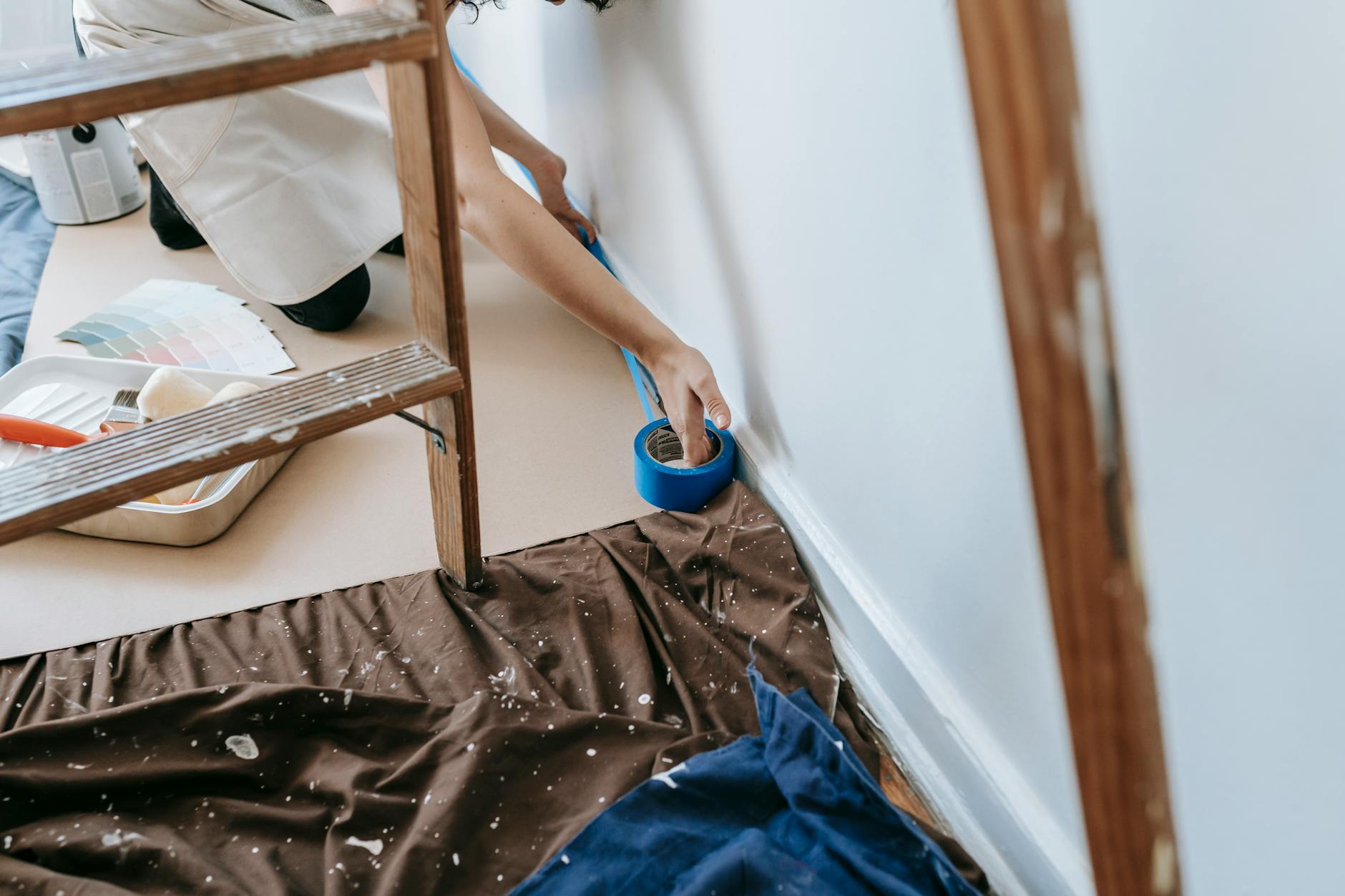Choosing the right color scheme for your home, website, or even a painting can feel overwhelming. There are millions of colors, and countless combinations! But what if there was a simple, foolproof method? There is: the 60-30-10 rule. This guide will walk you through this fantastic design principle and how you can use it to create harmonious and visually appealing color palettes.
Understanding the 60-30-10 Rule
The 60-30-10 rule is a color scheme formula that suggests using three colors in specific proportions to create balance and visual harmony. It’s surprisingly versatile and works in a variety of design contexts. The percentages refer to the visual weight, not the actual area, of each color. You might have a large wall painted a dominant color, but it’s the visual ‘weight’ that matters. This method ensures that there is a dominant color, a secondary color for support, and an accent color that adds a pop.
The Dominant Color (60%): Setting the Stage
The dominant color is the foundation of your color scheme, making up about 60% of your space. It sets the overall mood and tone. This is usually a neutral color, like a warm cream, cool grey, or soft beige, but can also be a more saturated color if used in the right way. Think of this as the main character in your color story. Consider your personal style and room function when choosing this base color. 
The Secondary Color (30%): Adding Depth
The secondary color accounts for approximately 30% of your design. This color supports your dominant color, adding depth and visual interest. It can be a slightly different shade of your dominant color (e.g., a darker or lighter tone), or a complementary color to create a more dynamic look. Experimenting with analogous colors, those located next to each other on the color wheel, can create a serene atmosphere. You can use the secondary color in larger areas like furniture or textiles. 
The Accent Color (10%): Injecting Personality
This is where you have fun! The accent color comprises 10% of your scheme and provides a pop of personality and visual excitement. It can be a contrasting color, a metallic shade, or a bold hue that complements your dominant and secondary colors. Use your accent color strategically in smaller elements such as throw pillows, artwork, or decorative objects. It is a fantastic way to add a unique touch and can totally transform a space. This website offers some great accent color inspiration.
Choosing Your Colors: Tips and Tricks
Picking the right colors is easier than it seems. Use a color wheel like this one as a helpful tool. Experiment with different color combinations before you commit. Start by selecting your dominant color, then choose a secondary color that either harmonizes or contrasts, and lastly choose an accent color that complements the first two. Don’t be afraid to test things out on a smaller scale before committing to the entire project!
Beyond the Basics: Adapting the 60-30-10 Rule
The beauty of the 60-30-10 rule is its adaptability. You can adjust the percentages slightly depending on your project or preferences. Maybe you prefer a more intense accent color, then you might use 15% instead of 10%. The key is to maintain a sense of balance and proportion. Learn more about color theory to further refine your choices.
Real-World Applications: Examples of the 60-30-10 Rule
This rule works wonders in various scenarios. For example, in interior design, you can use it to choose colors for a living room, bedroom, or kitchen. In website design, you can use it to choose colors for your website’s layout. It even works for smaller things like choosing colors for a presentation. 
Common Mistakes to Avoid
One common mistake is using too many colors. Sticking to the three colors helps maintain a cohesive look. Another mistake is not considering the lighting in your space. Natural light can significantly impact how colors appear. Read more about lighting considerations. Lastly, don’t be afraid to experiment! The beauty of this rule is that you can easily adjust the proportions for your unique style.
By following the 60-30-10 rule, you can create visually appealing and harmonious color schemes without any advanced design knowledge. It’s a simple formula, but one that yields impressive results. See some examples of the 60-30-10 rule in action. And don’t forget to have fun experimenting with colors!
Frequently Asked Questions
What if I want to use more than three colors? While the 60-30-10 rule is based on three colors, you can incorporate additional shades or tints of your base colors to add subtle variations.
Can I use this rule for fashion? Absolutely! This principle can be applied to create stylish outfits. Your main outfit piece is 60%, a complementary piece is 30%, and accessories are 10%.
How do I choose the right dominant color? Consider your personal style and the mood you want to create. Warm colors feel cozy, while cool colors feel calming. Here’s a helpful guide.
Is it okay to deviate slightly from the percentages? Yes, the 60-30-10 rule is a guideline, not a strict law. Small deviations are acceptable, as long as you maintain a sense of balance.
Can I use this for graphic design? Yes, this rule is very effective for graphic design projects, allowing you to create balanced and visually appealing designs.





